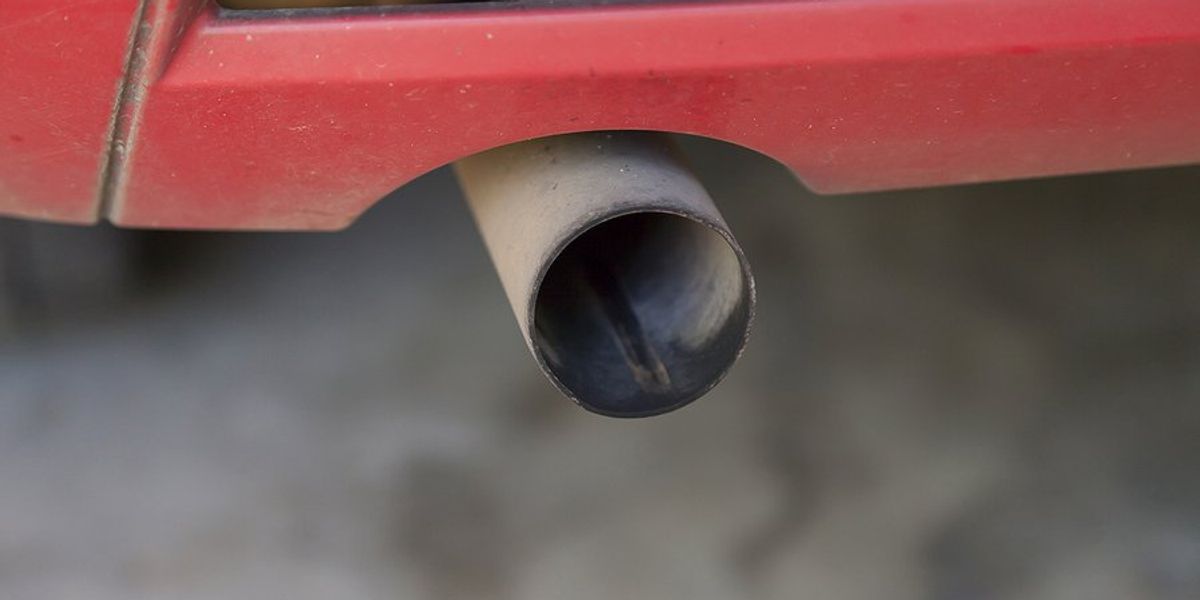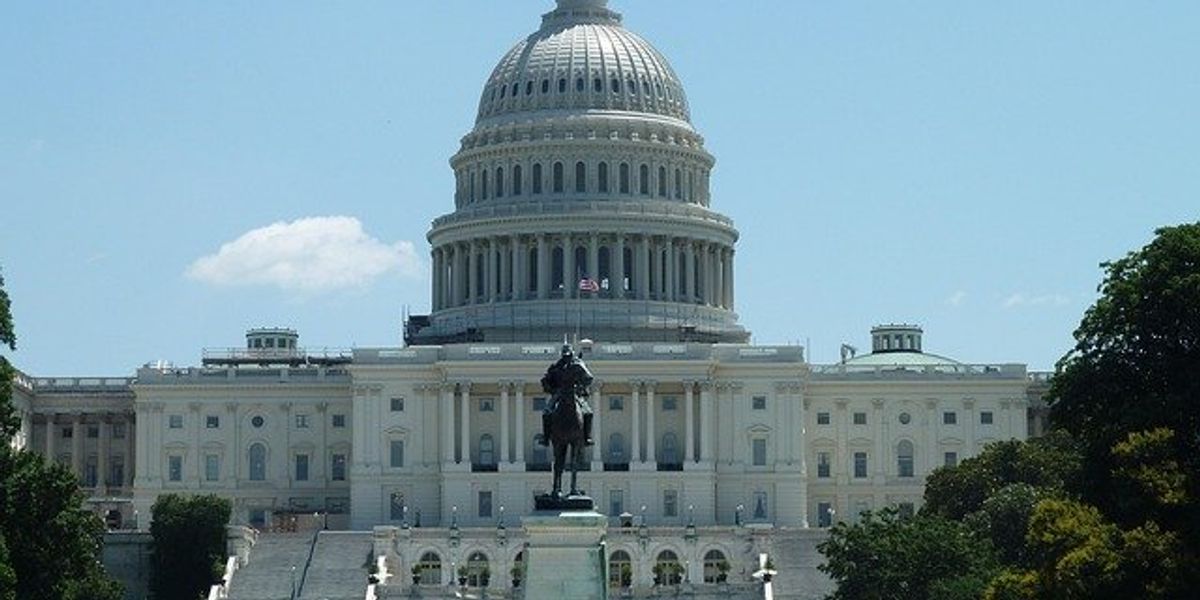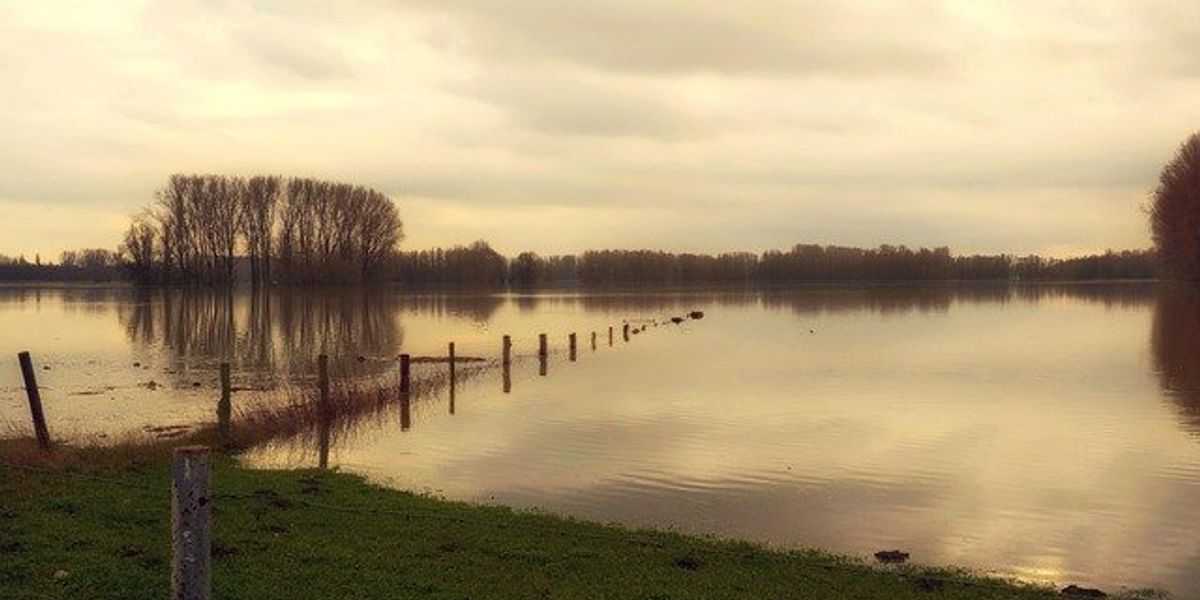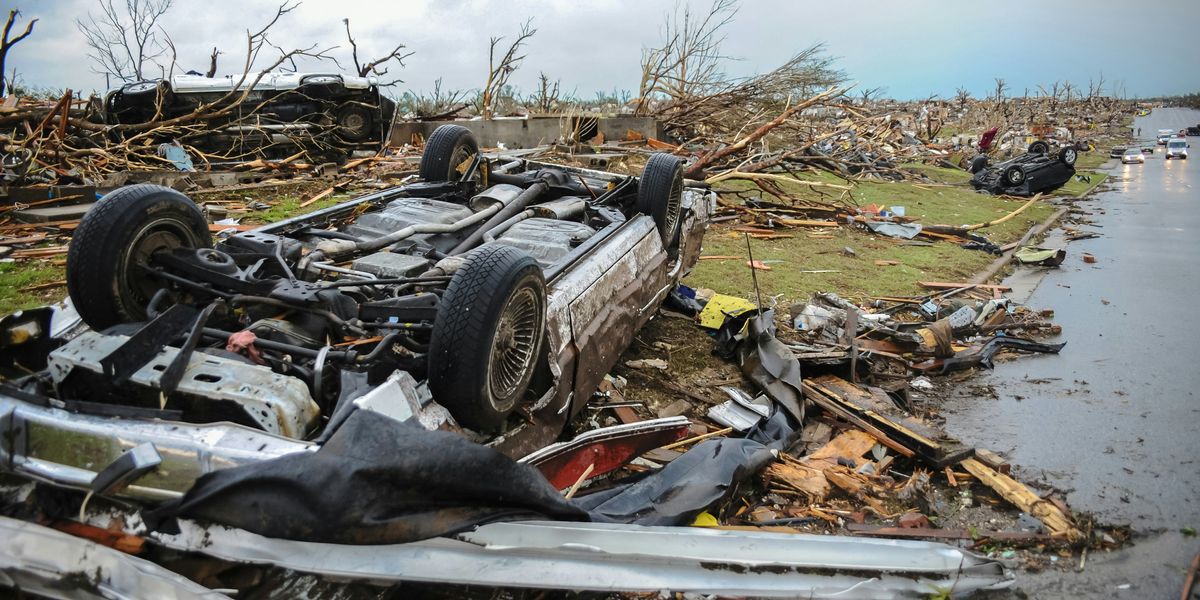
Farmers in California are swapping crops for solar to save water and stay afloat
A growing number of farmers in California’s Central Valley are ditching thirsty crops in favor of solar panels, unlocking major economic and environmental wins.
In short:
- New research shows Central Valley farmers earn up to 25 times more by installing solar panels than growing crops, with each hectare generating about $124,000 annually.
- Agrisolar systems — where crops or livestock coexist with solar arrays — can cut water use, boost panel efficiency, and help rejuvenate overworked soil.
- Recent policy changes, however, slashed the financial returns of selling solar power back to the grid, making future installations less appealing despite long-term gains.
Key quote:
“This is the compromise that’s going to allow for both energy independence and food security.”
— Jennifer Bousselot, horticulturalist at Colorado State University
Why this matters:
As climate change drains water supplies and threatens food production, agrisolar offers a way to grow both energy and resilience. Agrivoltaics can slash water use, revive tired soil, and even make solar panels more efficient in extreme heat. But the party might not last. Recent policy changes have gutted the incentives for selling solar energy back to the grid, making future investments shakier. Still, in a landscape where climate change is rewriting the rules of survival, many see solar as not just a new crop, but the future of farming.
Read more:
In the race for clean energy, the US is both a leader and a laggard — here’s how













